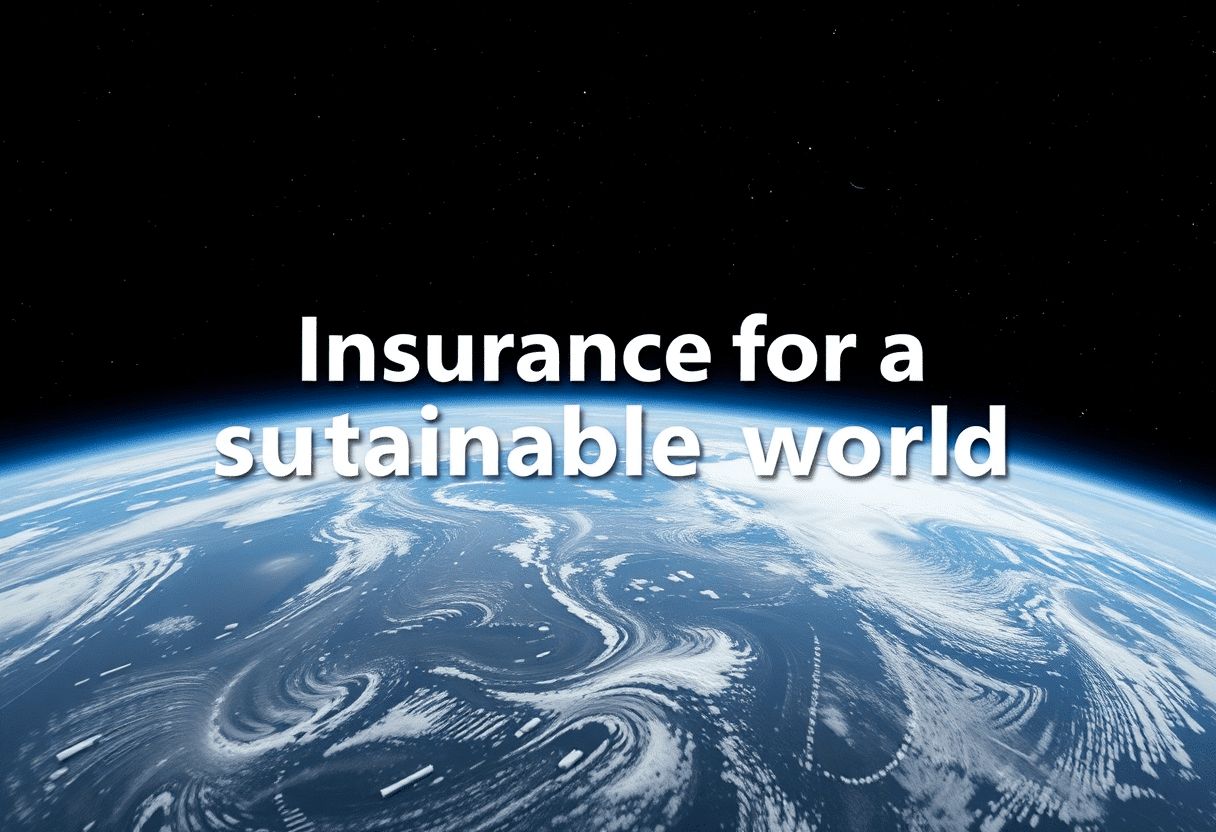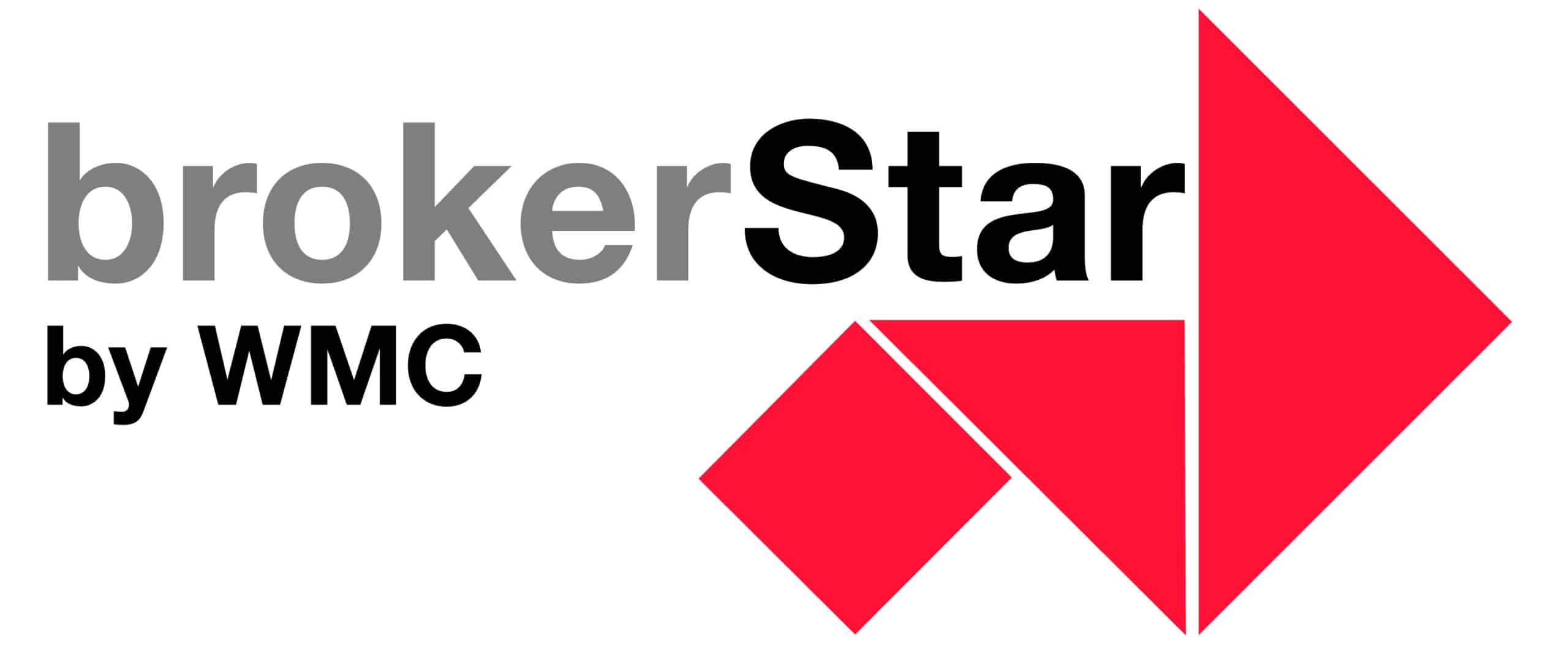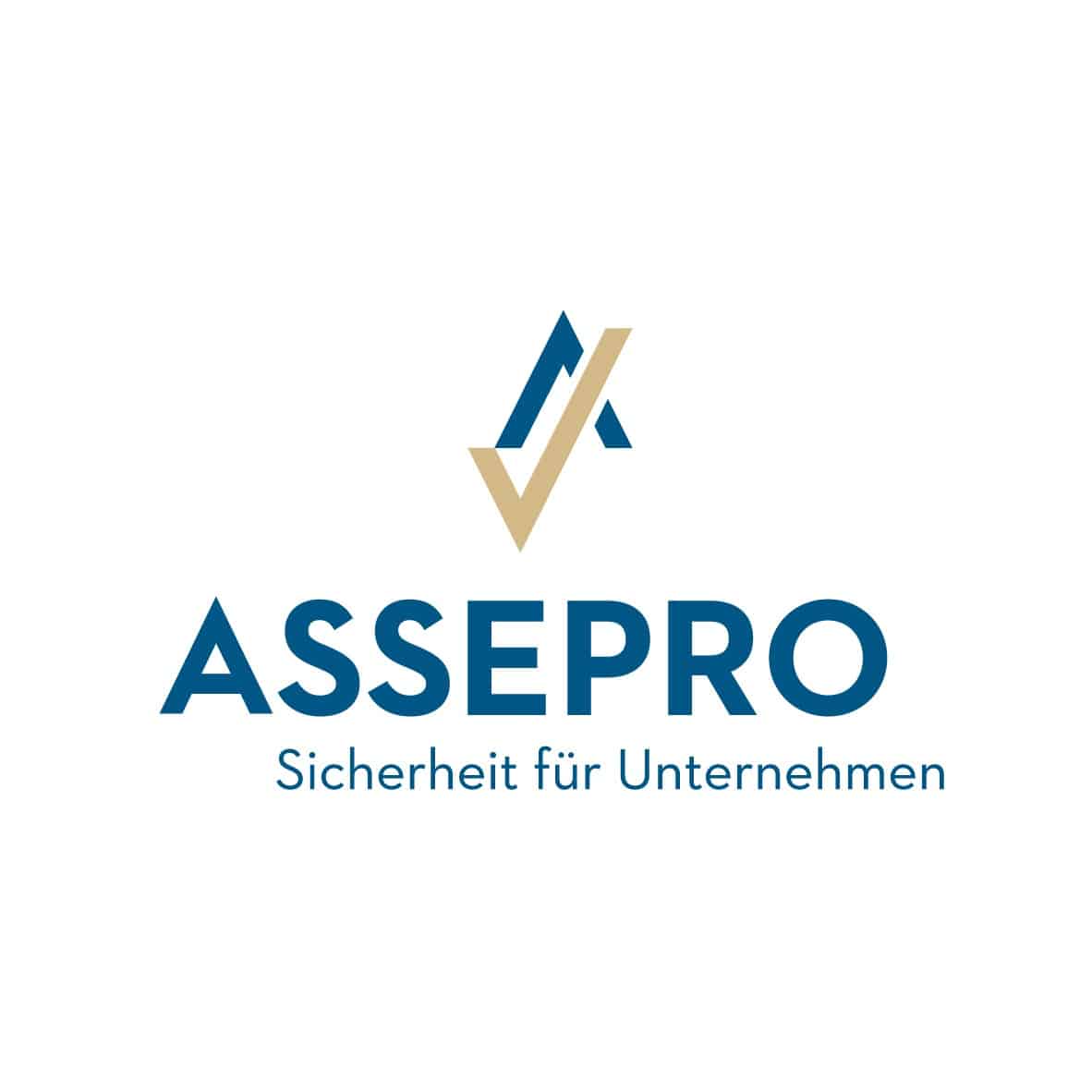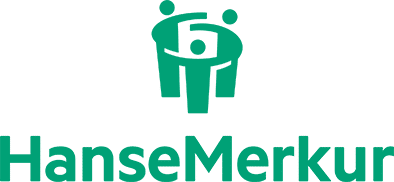Insurance for a Sustainable World
15 Januar, 2025 | Aktuell Blog Nicht kategorisiert
Behind every sustainable solution, there’s insurance quietly making it possible. The economy of the future does not make people sick. Nor does it tolerate poverty. As we enter 2025, it’s time to spotlight how insurance can contribute to building a better, more inclusive world.
For too long, systems have prioritised profit over people and economic growth over the planet. However, a truly sustainable economy must prioritise human well-being and environmental impact.
This article examines how insurance, often seen as reactive and conventional, is, in fact, a transformative force for meaningful, lasting change.
What are the Sustainable Development Goals?
The Sustainable Development Goals (SDGs) are 17 global goals established by the United Nations in 2015. The SDGs address the world’s most pressing challenges: ending poverty, reducing inequality, and protecting the planet. They aim to ensure everyone can access quality education, healthcare, and economic opportunities. From clean water and climate action to gender equality and decent work, the SDGs aim to improve lives and safeguard the planet for future generations. There are many papers written on how insurance can contribute to the Sustainable Development Goals (SDG`s): World Bank, Milliman or United Nations.
Here are a few examples of how insurers are already making a difference.
Helping People Stay Financially Stable
(SDG 1: No Poverty; SDG 8: Decent Work and Economic Growth)
Insurance helps people, businesses, and governments recover from disasters, illnesses, or job loss. Microinsurance, especially for low-income families, allows people to bounce back quickly after hard times.
Technology allows us to use parametric triggers, satellite imagery or sensors to save communities from the devastating consequences of natural catastrophic events. For example, the Kenya Livestock Insurance Program (KLIP) uses satellite data to monitor forage conditions. The insurance scheme provides timely payouts to farmers, helping them sustain their livestock during adverse periods.
Insurance products tailored for SMEs protect against property damage, liability, or business interruption. This protection helps SMEs secure loans, invest in growth, create jobs, and contribute to economic development.
At the end of 2023, almost 4.6 billion people used mobile internet. This creates an enormous opportunity for insurers to deliver microinsurance via digital platforms. Solutions that integrate mobile-friendly interfaces, digital payments, and simplified processes can make insurance more accessible and sustainable to underserved communities.
Keeping People Healthy
(SDG 3: Good Health and Well-Being)
Health insurance gives people access to medical care without financial ruin. Insurance preventive care programs can improve the quality of life for millions of people.
The jury is still out on whether prevention reduces overall healthcare costs. While childhood immunisation has been linked to decreased healthcare costs, insurers argue that “there is no use case for prevention”. It is time to admit that good things cost money. Prevention costs, but the gain is a healthier population. And that is a better purpose in itself than a short-term growth target.
Insurance companies have launched holistic healthcare programs in the last couple of years. We speak openly about mental and physical health and lifestyle choices to improve our well-being. This shows that the insurance industry is taking a step forward in creating sustainable well-being solutions.
Instead of dismissing prevention altogether, we must look for innovative technologies to develop affordable prevention.
Insurance for a Sustainable Planet
(SDG 13: Climate Action; SDG 15: Life on Land)
Insurance plays a critical role in climate risk solutions. It provides funds for rebuilding communities affected by natural disasters. In some cases, our industry invests in solutions that reduce environmental impact.
Insurance companies develop policies that encourage farmers to adopt sustainable land management practices. For example, farmers implementing crop rotation, organic farming, or agroforestry might benefit from premium discounts. These practices contribute to soil health and biodiversity conservation, directly supporting SDG 15.
Another example is insurance products that support reforestation and afforestation projects. These policies protect trees against fire, disease and natural disasters that would compromise the forest’s carbon sequestration.
Supporting Equality
(SDG 5: Gender Equality; SDG 10: Reduced Inequalities)
Tailored insurance solutions can support women and marginalised groups by addressing their unique needs and reducing inequalities. For example, Bangladesh’s «Insuring Women’s Futures» initiative provides women entrepreneurs with life and health insurance. This allows them to grow their businesses without fear of financial ruin from unexpected events.
Programs like the Access to Insurance Initiative (A2ii) help regulators understand and promote fair, sustainable and inclusive protection solutions. The organisation’s vision is to offer poor and vulnerable people access to affordable insurance that is appropriate for their needs.
The United Nations Development Programs and the International Cooperative and Mutual Insurance Federation (ICMIF) have launched projects worldwide to improve financial resilience for women.
Insurance for Sustainable Cities and Communities
(SDG 11: Sustainable Cities and Communities)
My home country, Romania, has been affected by a devastating earthquake in 1977. It took years to rebuild the main cities, with massive economic and societal costs. In many countries, earthquake and natural disaster insurance programs protect homeowners by covering repair costs after major events, allowing families to rebuild and move forward.
An AXA report from 2020 shows that higher insurance coverage speeds up recovery after disasters. For every 1% increase in non-life insurance compared to a country’s GDP, recovery time is cut by about a year. Countries like in Western Europe, Japan, Australia, and South Korea, with 3-4% insurance coverage, usually recover in less than a year. In contrast, places like Bangladesh, Haiti, Nepal, and the Philippines, with very low insurance coverage, often take over four years to recover.
One of my former bosses told me, «Insurance is not for rich people. Their house is destroyed, and they move into another one the next day. However, insurance is often the only safety net for the poor and vulnerable people.»
Supporting Innovation and Infrastructure Development
(SDG 9: Industry, Innovation, and Infrastructure)
Insurance makes large-scale projects possible by mitigating risks. It encourages innovation in renewable energy and sustainable infrastructure.
For example, The U.S. government encourages green energy by offering tax credits for renewable projects like solar and wind. Tax credits, like the Investment Tax Credit (ITC), can often be sold to other entities in a secondary market if the project developer cannot fully utilise them (e.g., due to insufficient tax liability). Large corporations, banks, or investors buy these credits at a discounted rate, allowing the seller to recoup some upfront costs and the buyer to reduce their tax obligations.
What does a buyer request when a seller wants to trade their tax credit? Insurance, of course – property insurance for the project or liability insurance for any incorrect tax calculation. This whole ecosystem is supported by insurance.
As the ecosystem economy evolves, we are going to see more cases where insurance is the enabler of a strong proposition. Maybe not so obvious, but definitely needed.
Insurance Enables Partnerships
(SDG 17: Partnerships for the Goals)
Insurance is a key enabler for partnerships created to address global challenges.
For example, the ARC, a specialised agency of the African Union, helps African governments manage climate risks. It provides weather index insurance to protect against droughts and floods. This initiative brings together governments, NGOs, and insurers to pool resources and offer immediate financial relief to the affected communities.
Similarly, the Caribbean Catastrophe Risk Insurance Facility (CCRIF) is a risk pool that provides quick financial payouts to Caribbean governments after natural disasters like hurricanes or earthquakes. It is a partnership between insurers, governments, and international organisations like the World Bank that increases regional resilience against climate risks.
Finding Purpose – Insurance for Sustainable Development
Hitting mid-life makes you think about purpose. I am a mother, and I want a great future for my daughter, her generation, and those who follow. I used to think insurance was… boring. But then it hit me: I can make a difference with what I know.
Insurance isn’t just policies and payouts. It protects lives, builds stronger communities, and safeguards our planet. It’s a quiet force with the power to shape a better future.
Insurance isn’t about policies or platforms. It’s about people—it always has been and will always be.
Mirela Dimofte
Read also: Shaping a sustainable future: how Niatsu is revolutionising food production




